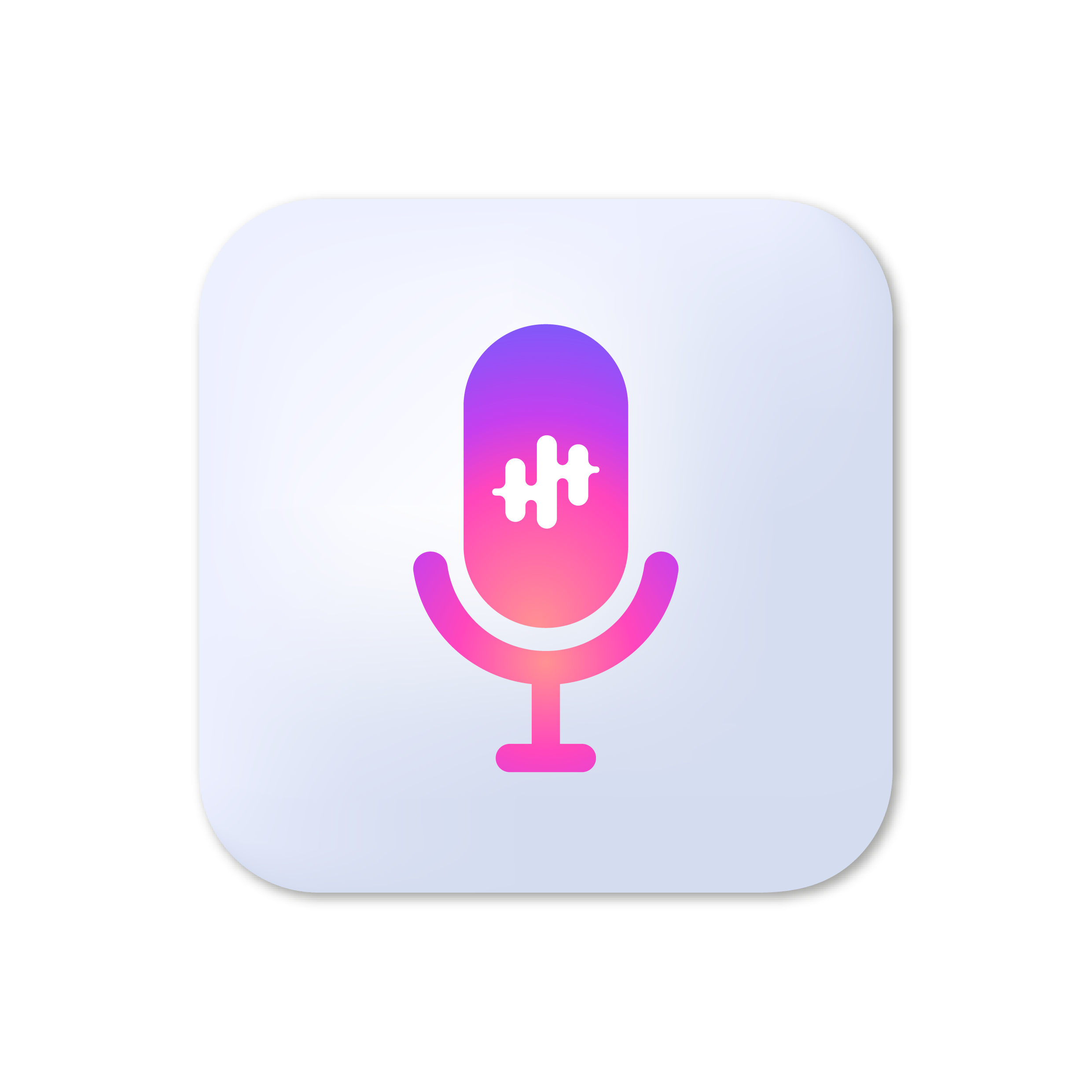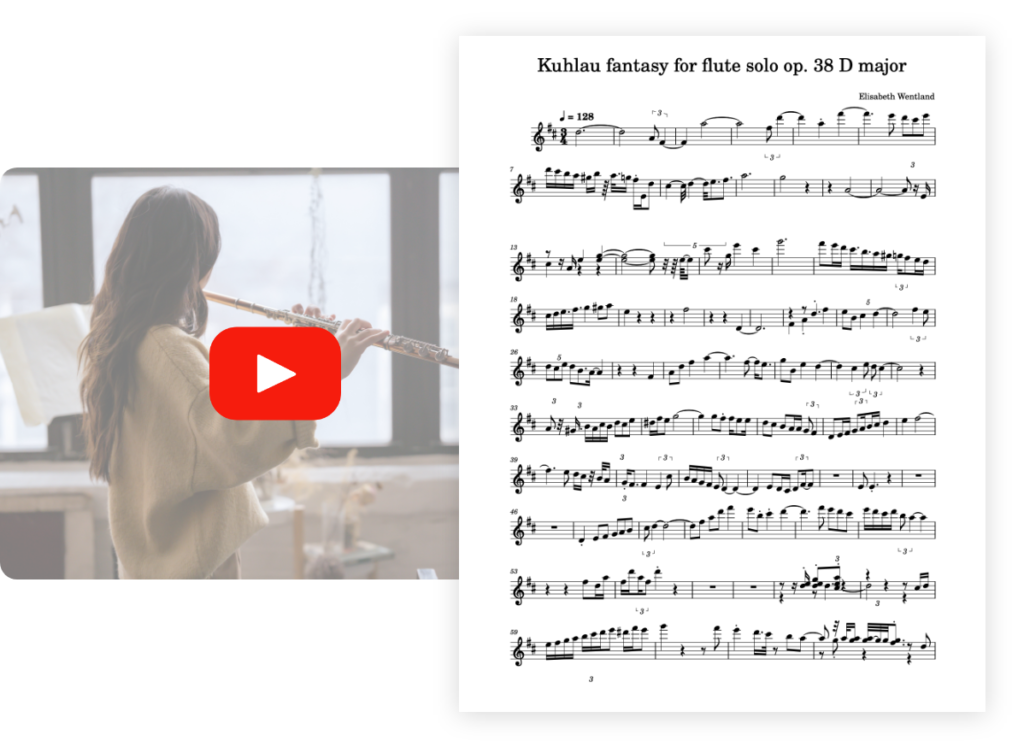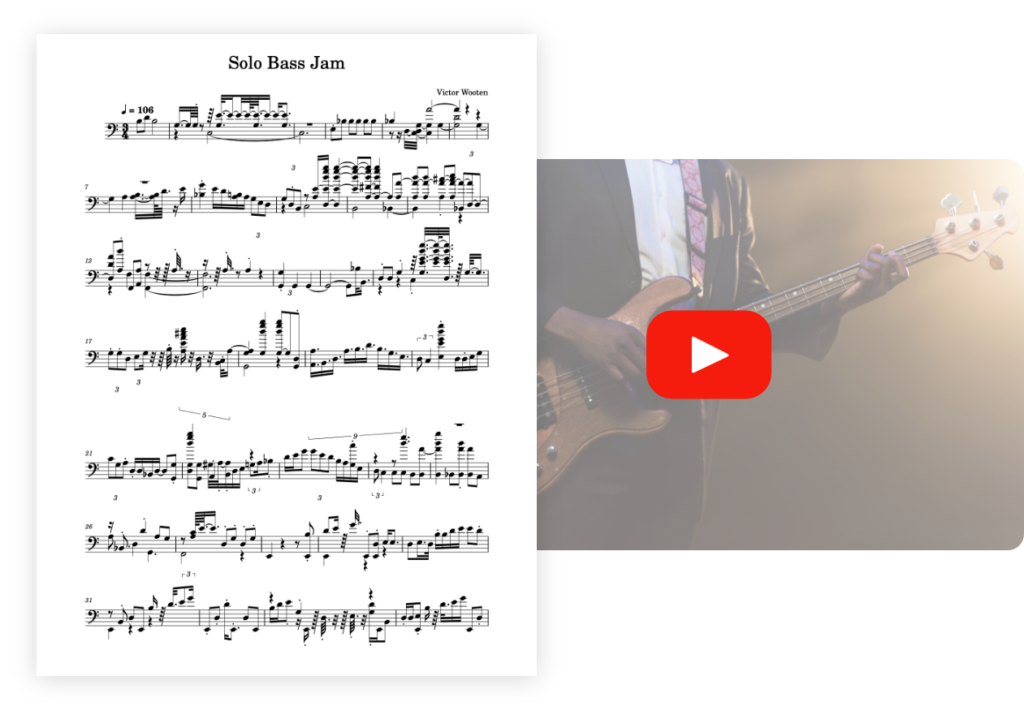Understanding the logic of piano keys
The piano is a musical instrument that was designed according to logical, even mathematical rules. When you stand in front of a piano, you can be intimidated by so many keys (88 for the largest). You don’t know what to do and this is completely normal. In this part, we’re going to dissect together piano white and black keys. That’s one of the most piano basics.
You notice that a piano, regardless of its size, whether it’s a digital or acoustic piano, always has the same sequence of notes. To make your task easier, you can pay attention to the black keys of the piano: you can see that the sequence is always the same: 2 black keys, then 3 black keys. This sequence is repeated in a loop until you reach the end of the piano.

When you’re looking for a note on the piano, use the black keys to find it. For example, if you are looking for a C, you must:
1 – look at the sequence of the black keys;
2 – stop when you are on a group of two successive black keys.
3 – choose the white key located just to the left of these two black keys: this is your C.

Now that you understand about how a piano is made, before we see the name of the notes, we are going to look at the notions of scale and octave.
Octaves and scales on a piano
In music theory, octaves and scales are fundamental notions. They are essential for understanding what you play, improvise or compose on piano. Octaves and scales allow you to structure your playing.
Octaves
In music, an octave is an interval between two notes separated by eight notes. The octave is the consonant interval because two notes in an octave are identical. For example, when you press the note G, count eight notes on the left side of the piano to get to the G and move to the lower octave. Conversely, count eight notes on the right side of the piano to get to the G and move to the next higher octave. From a sound engineering point of view, when moving from one octave to the next, the frequency is doubled.

To help you, you can use the model of the black keys mentioned above. You may notice that they are the same note because both are located just to the left of the group of the two black keys.

The octaves allow you to know the structure of the piano and to play accordingly. It’s important to know that a piano song can be played in all octaves. The song will be the same but will release a lower or higher tone depending on the octave you choose.
It is also important to know that an octave contains all the notes: C, D, E, F, G, A, B and C. When you move to the next higher octave, you will reproduce exactly the same note sequence but with a higher pitch. That’s why octaves are part of the piano basics.
You can watch this short video to complete your learning about octaves on piano:
Scales
Just before, we were talking about the sequence of successive notes contained in an octave. Well, this succession of notes is what we call the scale.
A scale is a sequence of joint notes of the same mode (minor or major), the last note of which reproduces the first one played in the lower octave (if the scale is descending) or higher if it is ascending.
To better understand, let’s take again our example of the C note. A C scale will always start from the note C and will then chain one by one all the white notes which are located on its right (if we go up) or on its left (if we go down). Once you reach the eighth note, you will fall back to a C. You have thus finished your scale and, if you have followed the previous part well, you are now on a new octave.

Knowing your scales will allow you to work on the fluidity of your playing and your piano practice. Scales being part of the piano basics, we recommend you to do as much as you can in order to play you favorite simple piano songs with ease, such as Happy Birthday.
If the scales are still a bit confusing for you, you can watch this video to understand the scales in 6 minutes chrono:
As you will have noticed, once you have understood the notion of octave, it is much easier to understand the notion of scale, and vice versa. Indeed, these two notions are closely related, and even complementary.
If you want to improve your fluency in scales, you can read our article about piano fingering which will help you progress in your piano exercises like chords or scales. You can also add musical depth to your scales by using the piano pedals to good effect.
Now that you have understood these two fundamental notions, let’s see the names of the notes and their order on a piano keyboard.
Piano keys chart
This Piano keys chart shows you all the different notes you find on your piano keyboard. The note sequences are repeated each time you pass an octave. This is why it is so important to have already explained the notion of octave and scale before introducing you to the keys of the piano. This piano note chart is essential to fully understand how the gap between notes determines the sounds you make when you play, especially for piano chords. The different keys on a piano keyboard can be summarized as follows:

The note C in the middle always determines the center key of a piano keyboard. It should be used as a reference to help you locate yourself and the note you are playing.
It’s important to know the location and name of the keys that make up each octave because you will find them very often in the various exercises, lessons or tutorials that you will follow during your piano learning.
Standard piano notes
When you look at the image of the piano keys chart above, you notice that there are two types of notes: standard notes (bottom of the image) and notes containing #’s (top of the image).
The standard notes are all white notes and all have letters that identify them, from A to G.
Sharp piano notes
Conversely, notes containing # correspond only to black notes. They are named after the white notes. When you look at a white note with a letter, the black key located just to its right will have the same letter, followed by a #, which is pronounced “Sharp”.
Flat piano notes
Black keys can also have another name. Depending on what you play, they will have either the name “sharp” or “flat”. How do you know which name to give them? It depends on the white note you played just before. If you go down to the left side of the piano, it will be a flat. If you move up to the right, it will be a #.
To help you understand, let’s take the example of the black note in the middle of a group of 3 black notes. If you played the note A just before, the black note will be a A flat, because you moved down to the left.
If you played the note G just before, this same black note will be a G#, because you moved up to the right.

Once you have learned to recognize piano notes correctly, you can start practicing reading easy piano sheet music for beginners.
Intervals and tones
Let’s end this chapter with the notions of tone and interval, which are just as much piano basics.
After all that we have seen in this chapter, these are the simplest notions because they are derived from everything above.
Each time you change to the key next to it, you count an extra semitone. Black notes are of course counted in this calculation. For example, if you go from a white key to another one and there is a black note in between, it will be: one semitone + one semitone = one tone. The two white notes separated by a black note are one tone (or one interval) apart.
Let’s take a concrete example once again to better understand. If you make a C scale (as seen earlier in this chapter), you press successively on the notes: C D E F G A B C.
So that’s it: tone + tone + semitone + tone + tone + tone + semitone = 6 tones. There are 6 tones of deviation (or 6 intervals) on the C scale.
We have included black notes in this calculation. If we want to decompose note by note by counting each deviation, it would be: semitone + semitone + semitone + semitone + semitone + semitone + semitone + semitone + semitone + semitone + semitone + semitone = 6 tones.
Okay! You know all the piano basics, congratulations!




 PianoConvert
PianoConvert
 GuitarConvert
GuitarConvert
 SingConvert
SingConvert
 BandConvert
BandConvert
 DrumConvert
DrumConvert
 ViolinConvert
ViolinConvert
 SaxConvert
SaxConvert
 FluteConvert
FluteConvert
 BassConvert
BassConvert
 TrumpetConvert
TrumpetConvert
 OrganConvert
OrganConvert
 PianoGo
PianoGo






























